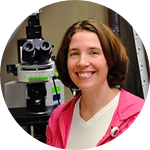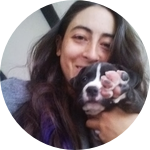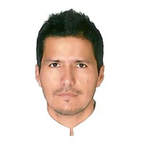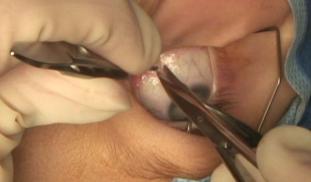Please wait...
About This Project
I am trying to find a cheap, easy and reliable way to grade the skill of surgeons in training. Experts can judge resident surgical skill, but they are slow, have biases, and are expensive. If you watched the video, I'll bet you could tell the difference between the expert and the trainee, even without the labels. We will test the hypothesis that crowd sourcing surgical skill assessment is a cheap, fast, and standardized alternative to expert grading.
More Lab Notes From This Project

Browse Other Projects on Experiment
Related Projects
Hundreds of millions at risk: Educating communities about alcohol flush and increased cancer risk
Did you know that facial flushing after drinking alcohol can cause cancer? Over 540 million people have...
Understanding the perspective of women who use the Billings Ovulation Method
Fertility awareness-based methods (FABM) are a group of family planning methods that teach women how to...
How do patients and other healthcare stakeholders engage with social media and mobile applications?
We hypothesize that the subject matter and emotional context of tweets about medical topics have evolved...




